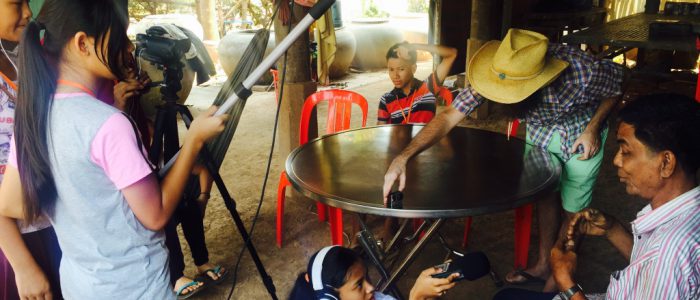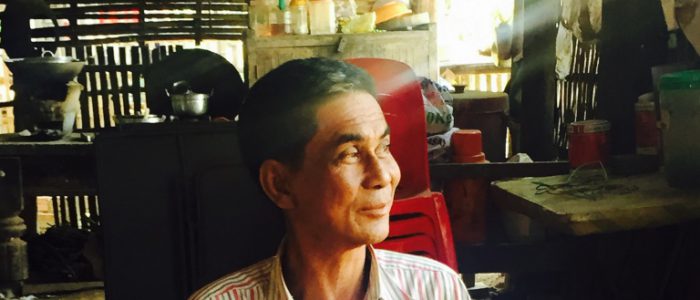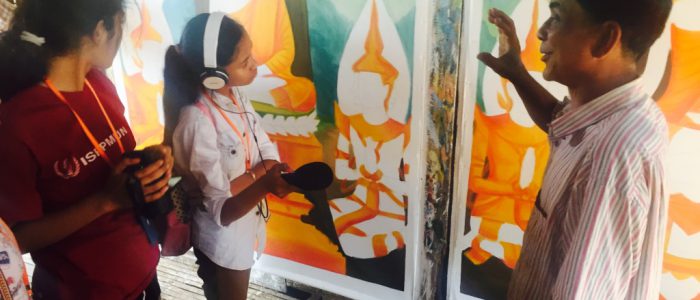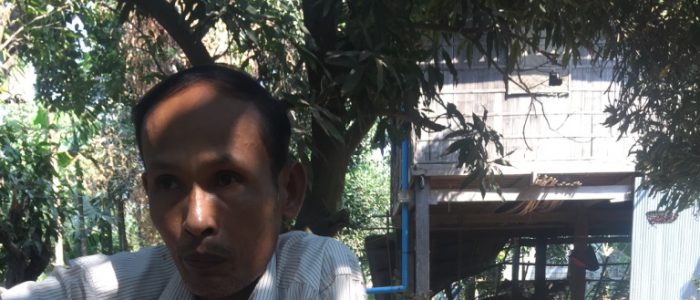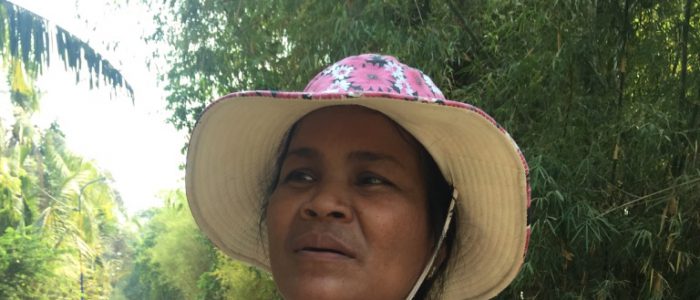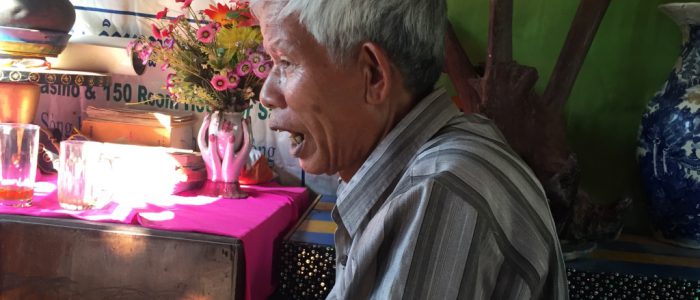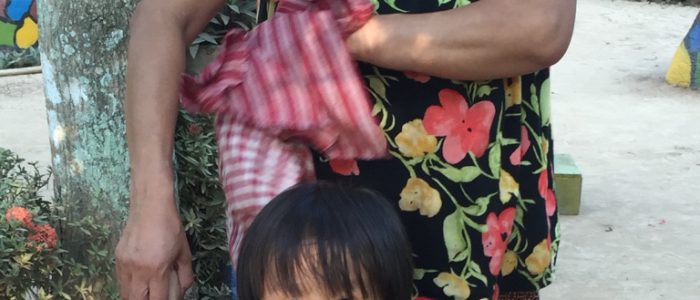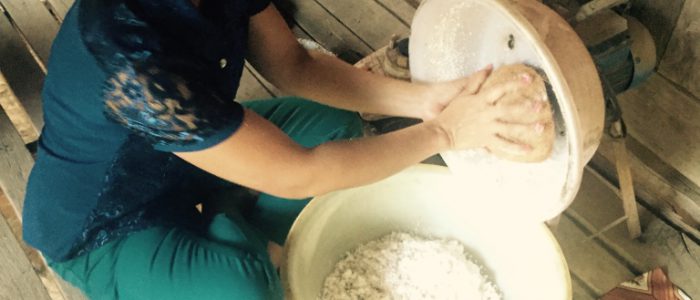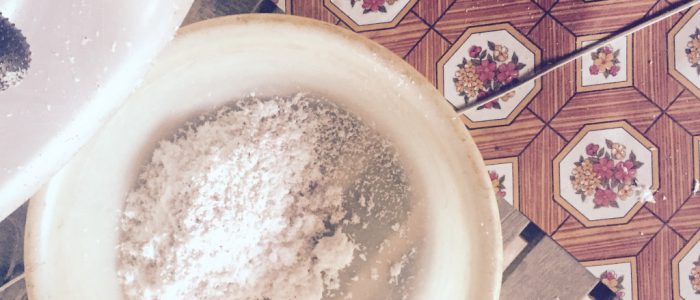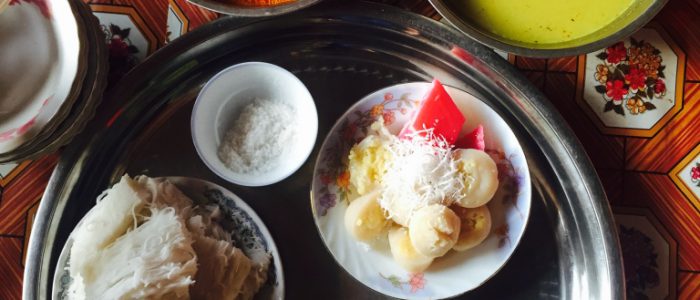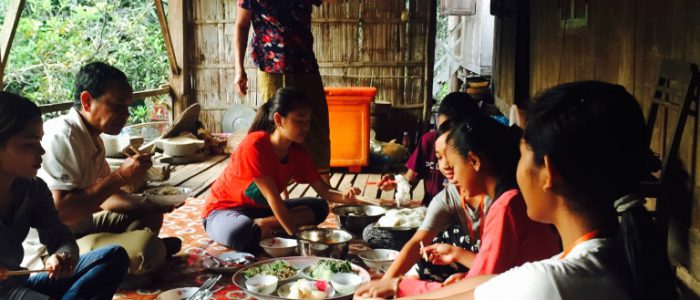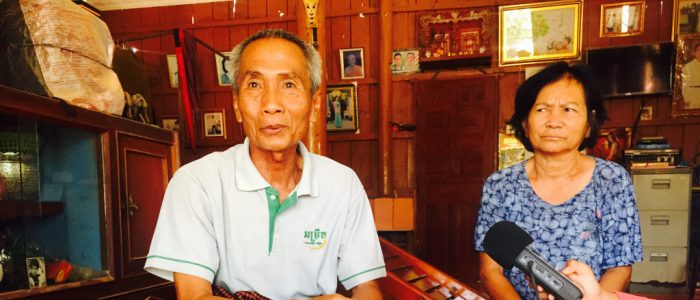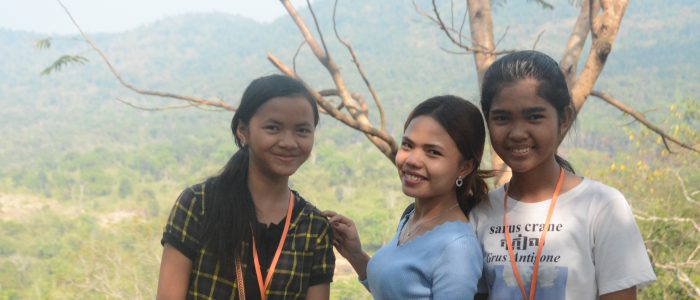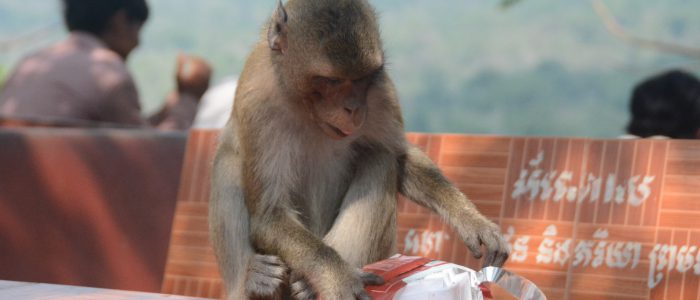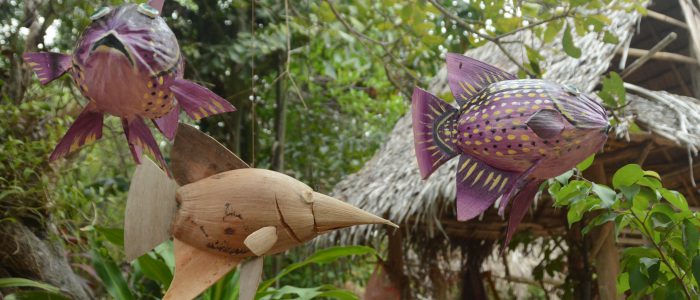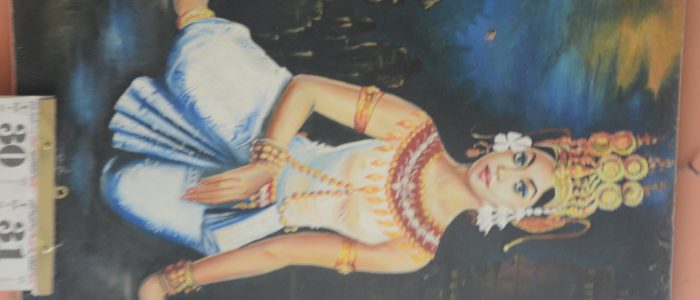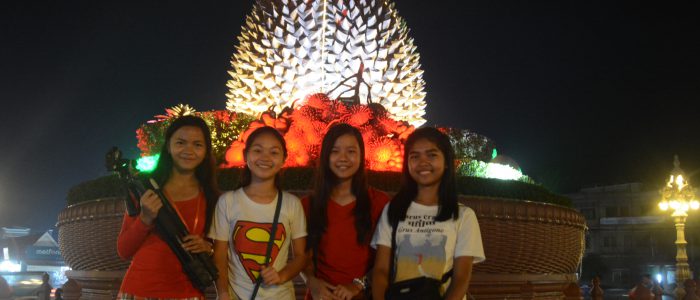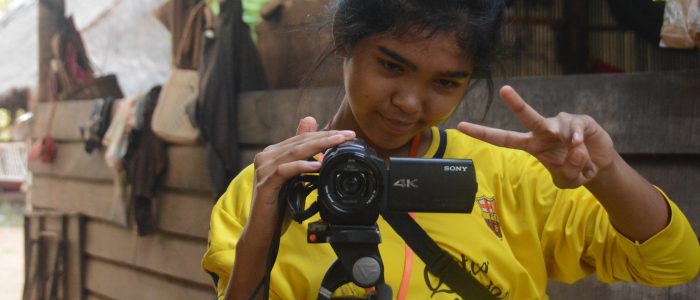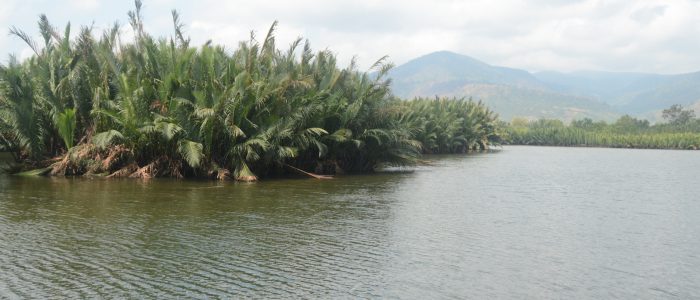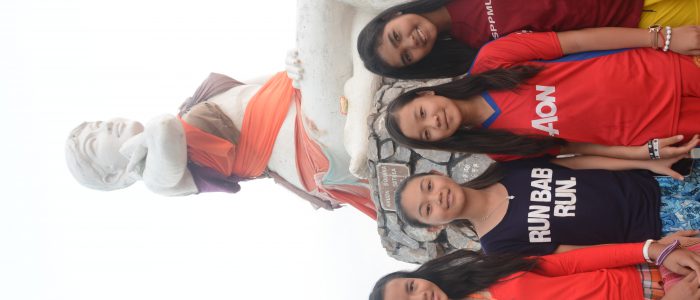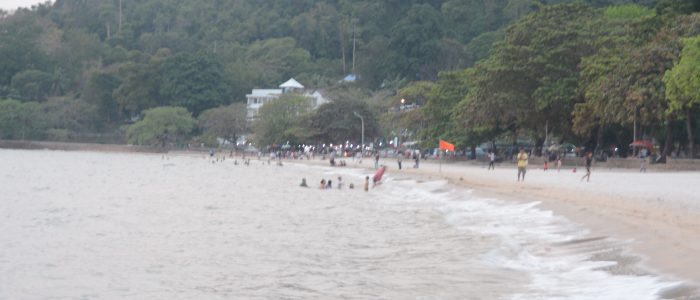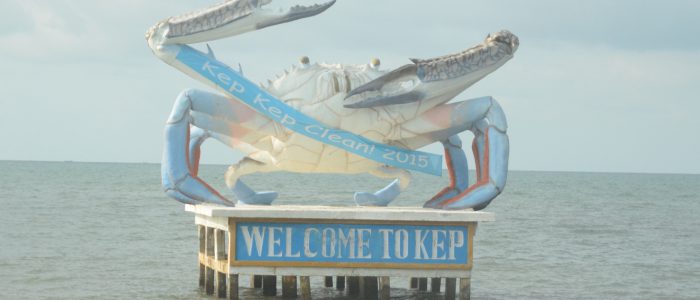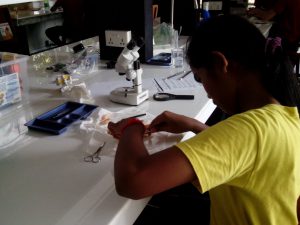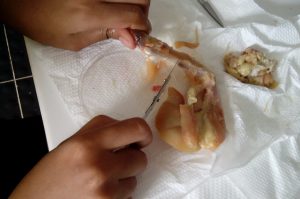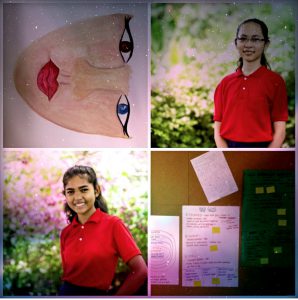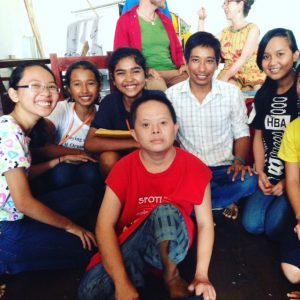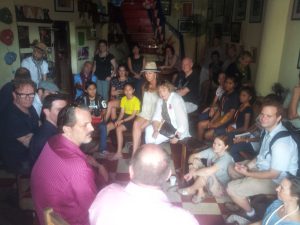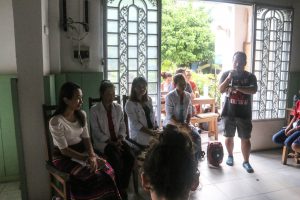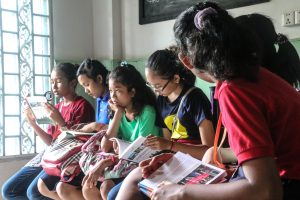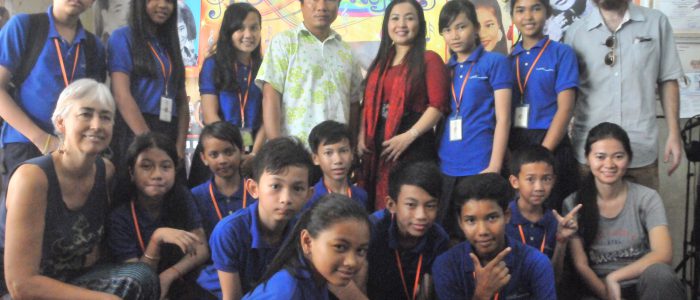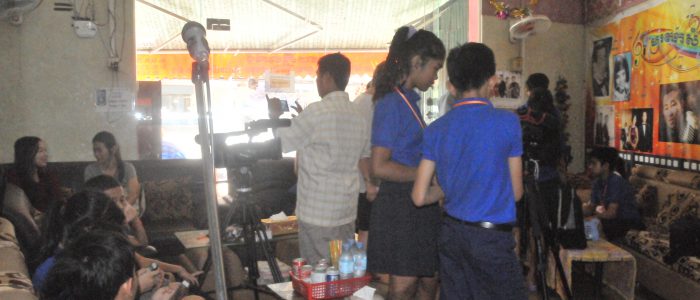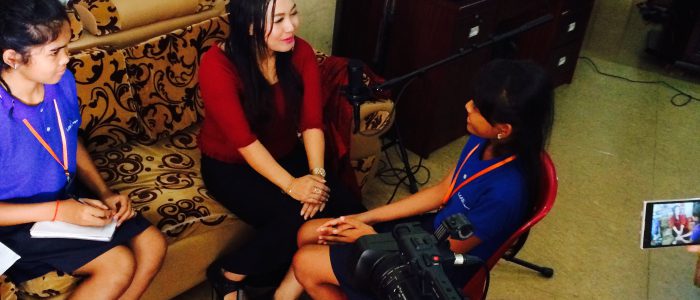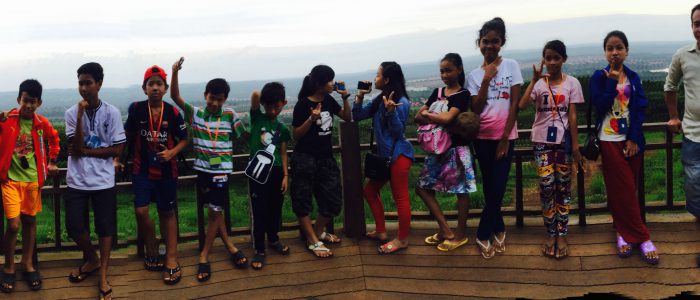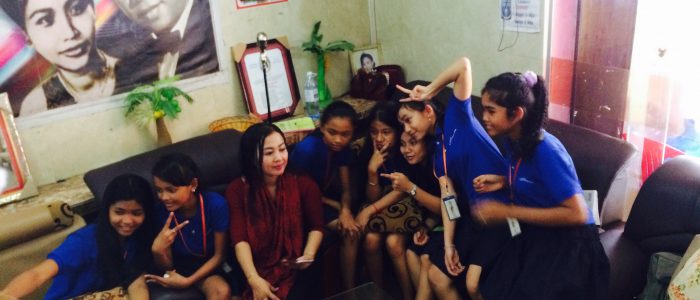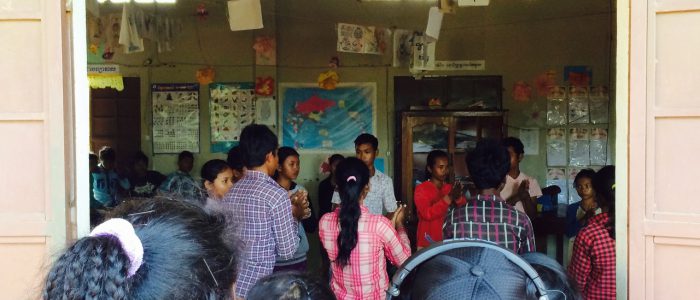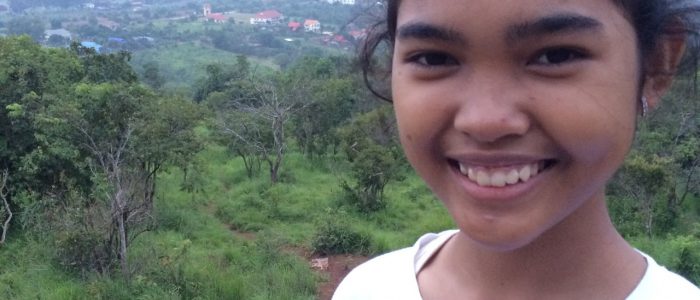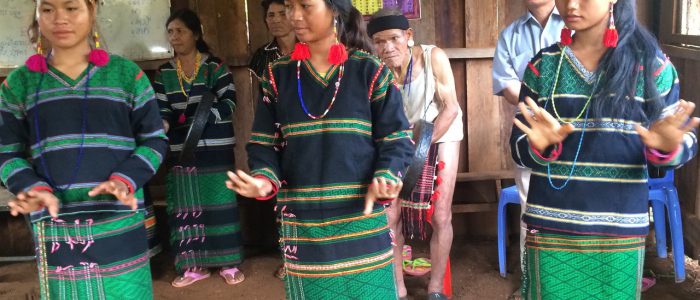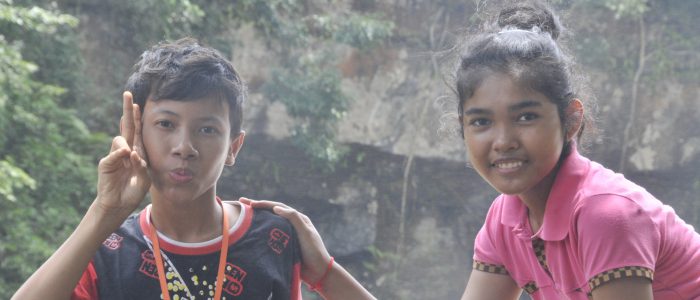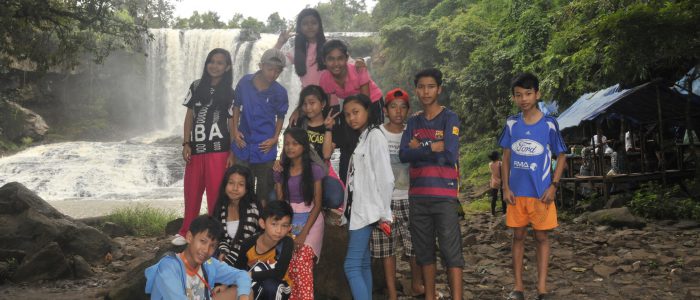Mamie Phipps Clark
Mamie Phipps Clark was born on April 18, 1917, in Hot Spring, Arkansas. Her father was a physician and her mother was a housewife who had been actively involved with her husband’s medical practice.
At the age of seventeen, Clark graduated from Langston High School. Despite the race barrier for black students, Clark was offered various scholarships to further her education, two of which were, Fisk University in Tennessee and Howard University in Washington D.C. She chooses to attend Howard, where she major in math and minor in physic. That was when she met her husband, Kenneth Bancroft Clark who was a master student in psychology. Kenneth had persuaded Clark to pursue psychology because it is more favorable in term of employment opportunities, and would allow her to work closely with children regarding her passion. Later on, she has become the first female to a doctorate in psychology.
In her psychology master’s thesis, she had investigated the mental growth of the black children, who become aware of them self, belonging to a specific race group “The Development of Consciousness of Self in Negro Preschool Children.” Her research had become historic when it was used to support the Brown vs. Board education court case, it brought light to racial segregation in school. According to her research, children become aware of their blackness at a very early age, 4 or 5. The “race-consciousness” refers to the consciousness of self-identifying oneself based on their physical characteristics as members of the specific race group.
Clark had started a psychological testing and service center for minority children called “The Northside.” With some financial difficulties, the Clark family had started this institution to provide psychological and educational service to the minority children and parents deal with the impact of racism and discrimination.
Along with her work at Northside, Mamie Clark was actively involving with her other community. She worked with her husband, Kenneth on the Harlem Youth Opportunities Unlimited project. She worked with the Board of Directors of numerous educational and philanthropic institutions.
Despite, the societal barrel of African-American women she had fought her way through many challenges and had made several great discoveries for psychology filed until today. Mamie Clark served as the Director of the Northside Center from 1946 – 1979 the year of her retirement. She died on August 11, 1983, leaving her great discovery until today.


